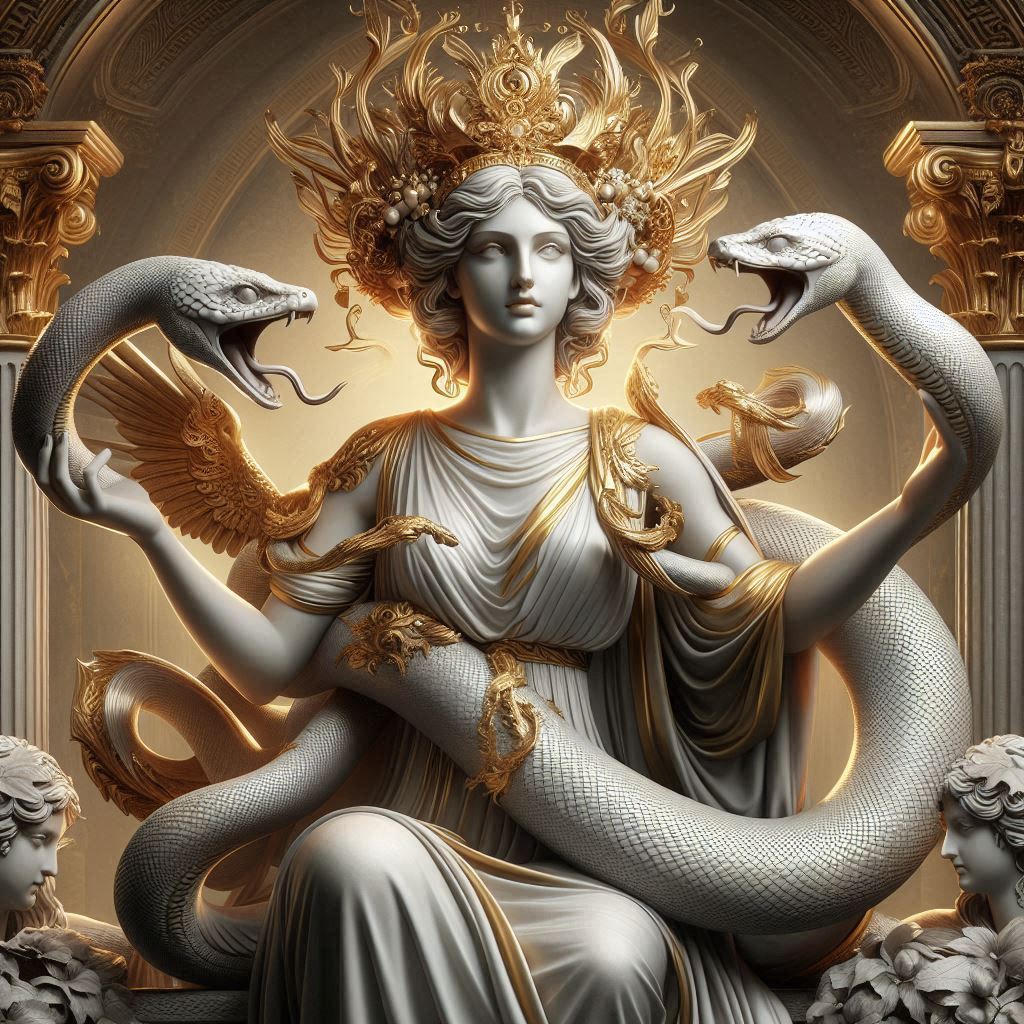Why The Silmarillion Is So Special: Unveiling the Secrets Hidden Within Tolkien’s Masterpiece
The Silmarillion, often overshadowed by the popularity of The Hobbit and The Lord of the Rings, stands as one of J.R.R. Tolkien’s most profound and intricate works. It is a treasure trove for those who delve deeper into the rich mythological tapestry of Middle-earth. But why is The Silmarillion so special? What are the secrets hidden inside this legendary tome? Let’s explore the unique qualities that make The Silmarillion a masterpiece in its own right.

1. A Mythology for Middle-earth
One of the primary reasons The Silmarillion is so special is that it serves as the mythological foundation for Tolkien’s entire legendarium. Unlike The Lord of the Rings, which is a narrative-driven epic, The Silmarillion is more akin to a collection of ancient myths, similar to the Iliad or the Mahabharata. This mythopoeic work is not just a story but a comprehensive account of the creation of the world, the gods and beings that inhabit it, and the epic struggles that shape its history.
The depth of The Silmarillion lies in its creation myth—the Ainulindalë, which details how the world was sung into existence by the god-like Ainur. This cosmic symphony, marred by the discord of Melkor, sets the stage for the entire history of Middle-earth, providing readers with a profound understanding of the world that The Lord of the Rings characters inhabit.
2. The Tragic Beauty of the Silmarils
The Silmarils themselves, the three perfect jewels created by Fëanor, are central to the entire narrative. These jewels are more than mere objects of beauty; they are symbols of the light of creation, encapsulating the divine essence of the Two Trees of Valinor. The tragic pursuit of these jewels by Elves, Men, and even the Dark Lord Morgoth, drives much of the drama and sorrow in the First Age.
The Silmarils also represent the themes of pride, greed, and the consequences of hubris. Fëanor’s fierce possessiveness and the Oath he and his sons swear to recover the Silmarils at any cost lead to devastating wars and a cycle of violence that echoes throughout the ages. This tragic beauty and the inevitable doom tied to the Silmarils add layers of complexity to the narrative, making The Silmarillion a deeply moving and philosophical work.
3. The Richness of Tolkien’s World-Building
Tolkien’s unparalleled world-building is on full display in The Silmarillion. The book introduces readers to a vast array of characters, lands, and histories that are only hinted at in The Lord of the Rings. From the majestic city of Gondolin to the dark and ominous fortress of Angband, Tolkien’s descriptions are vivid and immersive, painting a world that feels both ancient and alive.
Moreover, The Silmarillion is filled with intricate genealogies, detailed maps, and elaborate languages, all of which contribute to the richness and authenticity of Middle-earth. Tolkien’s background as a philologist is evident in the careful construction of languages like Quenya and Sindarin, which add an extra dimension of realism to his world. For readers who appreciate the meticulousness of world-building, The Silmarillion offers an unparalleled experience.
4. The Themes of Loss and Redemption
At its core, The Silmarillion is a story of loss and redemption. The tales of Beren and Lúthien, Túrin Turambar, and the fall of Gondolin are all marked by deep sorrow, but they also carry a sense of hope and the possibility of redemption. These themes resonate with readers on a profound level, as they reflect the human condition and the eternal struggle between good and evil.
One of the hidden secrets of The Silmarillion is its exploration of the nature of fate and free will. While many of the characters seem bound by doom, Tolkien subtly weaves in the idea that individuals can still choose their path, even in the face of overwhelming odds. This tension between destiny and choice is a recurring theme throughout Tolkien’s works, but it is particularly poignant in The Silmarillion.
5. The Connection to The Lord of the Rings
For fans of The Lord of the Rings, The Silmarillion holds many hidden gems that enhance the understanding of the later works. The history of the Elves, the origins of Sauron, and the backstory of the Rings of Power are all elaborated in The Silmarillion, providing a richer context for the events of The Lord of the Rings. Understanding the First Age gives a greater appreciation for the weight of history and the sense of legacy that permeates the later books.
Additionally, The Silmarillion contains several prophetic elements that foreshadow events in The Lord of the Rings. The recurring theme of the struggle against overwhelming darkness, the idea of hope in the face of despair, and the concept of a long-awaited return all find their roots in the earlier work. For readers who enjoy uncovering these connections, The Silmarillion offers a treasure trove of insights.
Conclusion: The Enduring Legacy of The Silmarillion
The Silmarillion is not just a prequel to The Lord of the Rings; it is a work of profound literary significance in its own right. Its exploration of deep philosophical themes, its rich mythological framework, and its intricate world-building make it a masterpiece that continues to captivate readers. The secrets hidden within its pages reveal the depth of Tolkien’s genius and the timeless appeal of his creation.
For those willing to embark on the journey through its dense and poetic prose, The Silmarillion offers rewards that are as luminous and enduring as the Silmarils themselves.
For the Tolkien lovers – just a quick note – we will be writing about his legacy a lot here!


No responses yet